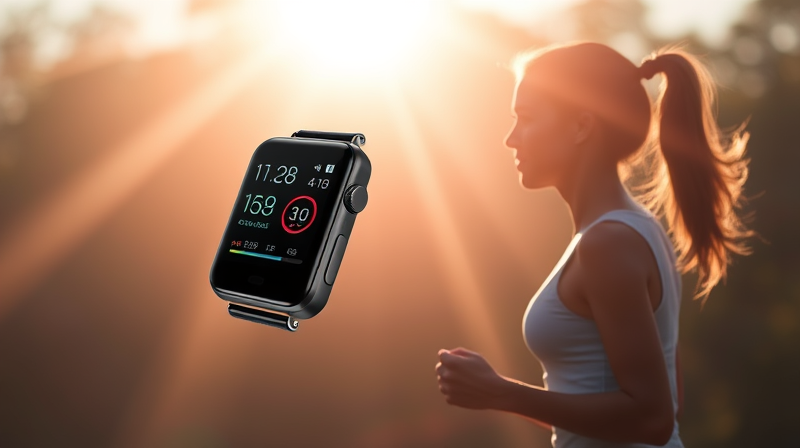Exercise recovery and rest are indispensable elements in any fitness regimen. Whether you are a seasoned athlete or just beginning your journey, giving your body the chance to recuperate is as crucial as the workout itself. Recovery not only repairs muscles but also helps you avoid injuries, enabling continued progress and overall well-being.
In today’s world, the methods and technologies for recovery are expanding. By combining time-tested practices with modern innovation, you can create a balanced recovery strategy that rejuvenates your body and mind. This article will guide you through evidence-based techniques to optimize recovery without compromising your health.
The Fundamentals of Active and Passive Recovery
Active recovery involves engaging in low-intensity exercises. This approach includes activities like walking, stretching, yoga, or light swimming that boost blood circulation. When you choose active recovery, the steady movement helps lower lactic acid buildup and reduces muscle tension.
- Improves circulation and minimizes delayed onset muscle soreness (DOMS).
- Keeps the body gently in motion without overexertion.
- Enhances mental well-being by keeping stress levels in check.
On the other hand, passive recovery is equally important. This method focuses on complete rest. Allowing your body to halt strenuous activity ensures that muscles have the time needed to repair and rebuild. Especially after high-intensity sessions, passive recovery can be essential for regaining energy and recovering fully.
Implementing both these strategies can foster an optimal recovery environment. For every powerful workout, consider the benefits of alternating between active recovery and periods of complete rest.
Another critical approach is ensuring that you get adequate sleep. Aiming for 7 to 9 hours a night is not just a number—it is a gateway to enhancing both physical and cognitive recovery. When you sleep well, your body deep-repairs, effectively reducing stress and fatigue.
Nourishment and Hydration: Building Blocks for Recovery
Nutrition and hydration are the unsung heroes of effective recovery. When you exercise, your body loses nutrients and water. Replenishing these is critical for repairing muscles and restoring energy. A balanced diet rich in protein, complex carbohydrates, and healthy fats provides the fuel necessary to rebuild and recover.
Post-workout nutrition should emphasize high-quality protein sources, such as lean meats, legumes, or dairy, that spur muscle protein synthesis. Coupled with carbohydrates, which help replace glycogen, these nutrients create an optimal environment for muscle repair.
- Proteins: Crucial for repairing damaged tissues.
- Carbohydrates: Essential for replenishing energy stores.
- Healthy fats: Aid in joint lubrication and overall cellular repair.
Hydration is just as vital once your workout concludes. Drinking plenty of water during and after exercise helps regulate body temperature and replace fluids lost through sweat. In cases of prolonged or intense training, electrolyte-rich beverages can be a great supplement, replenishing lost minerals like sodium, potassium, and magnesium.
While your nutritional plan supports recovery from the inside, incorporating external recovery methods can maximize results.
Therapy Techniques and Technological Aids for Enhanced Recovery
Innovative therapy techniques such as heat therapy, cold therapy, foam rolling, and massage are gaining popularity among fitness enthusiasts. Heat therapy relaxes muscles and increases blood flow, making it beneficial after a strenuous workout. On the flip side, cold therapy, using methods like ice baths or cryotherapy, is a potent tool for reducing inflammation and acute pain.
Massage and foam rolling techniques are equally effective, as they help release muscle tension, improve circulation, and expedite the healing process. These methods, when used correctly, can serve as a great complement to the overall recovery routine.
Additionally, the use of wearable devices and other innovative tools is revolutionizing exercise recovery. In 2025, many people rely on technology to monitor indicators such as sleep quality, heart rate variability, and overall activity levels. This real-time data allows you to make informed decisions about the intensity of your workouts, ensuring that your recovery is on track.
- Percussive massage devices: For targeted muscle relief.
- Compression garments: Help reduce swelling and boost circulation.
- Infrared saunas: Aid in muscle relaxation and recovery.
More advanced technology, such as saltwater float tanks and cryotherapy chambers, is part of the new recovery trends emerging this year. These tools not only accelerate recovery but also introduce a novel approach to managing stress and physical fatigue.
Mental recovery forms an equally important piece of the puzzle. Recovery isn’t just about physical healing; it is also a time to reset your mind. Practicing mindfulness, visualization, or meditation can significantly reduce stress levels. When you set realistic goals and celebrate small milestones, your motivation scores a boost, further enhancing mental resilience.
Please remember that every individual’s recovery needs differ. Factors such as workout intensity, your physical condition, and personal preferences dictate the optimal combination of active and passive recovery. Listen closely to your body’s signals—it knows what it needs.
By integrating these safe approaches to recovery, you take a giant leap toward preventing injury, sustaining motivation, and achieving long-term health benefits. The art of recovery lies in balancing rest with movement, technology with tradition, and physical rejuvenation with mental clarity. Embrace these practices with a positive mindset, and watch as your fitness journey transforms into a more sustainable, rewarding experience.








